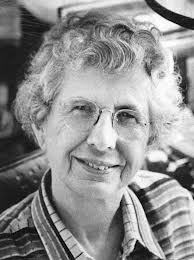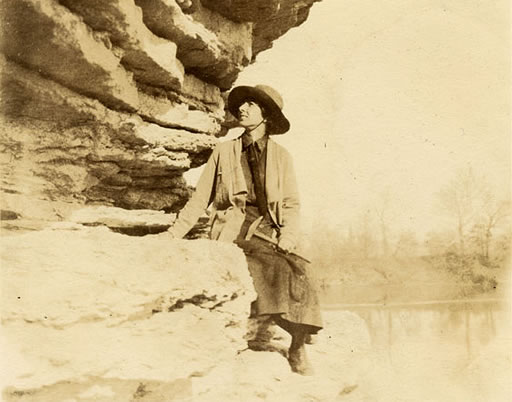
Isabel Bassett Wasson was one of the first female petroleum geologists in the world. She was also the first female ranger at Yellowstone National Park and one of the first interpretive rangers in the entire National Park Service. Her keen interest in archaeology, botany, ornithology, and ecology earned her notoriety in those areas, too.
Born in Brooklyn, New York, Isabel Bassett graduated Phi Beta Kappa from Wellesley College in 1918 with a degree in history. While at Wellesley, she developed a strong interest in geology and began taking courses at MIT. She taught geology at Wellesley for a year before enrolling in graduate school at Columbia University, earning her MBA in geology. It was there that she met her husband, Theron Wasson.

In the summer of 1919, she led a tour of national parks for the Brooklyn Daily Eagle newspaper. At Yellowstone, park superintendent Horace Albright heard her deliver a lecture. He was so impressed that he hired her on the spot to return the next year to develop interpretive tours. She suggested that Albright hire college geology and biology students as summer interns to lead the tours during the tourist season, a policy that continues to this day. The training program Wasson developed became the template for training NPS summer interns for decades.
In the early 1920s, Pure Oil Company sent Wasson to Venezuela to study the recently discovered oil fields there. A woman doing such work at the time was unheard of and newspapers across the country picked up the story with breathless headlines like: “Young Woman Braves Jungle to Explore Vast Oil Fields!”
The Wassons moved to River Forest in 1926. Isabel left her petroleum geologist career in 1928 because of the travel demands, but she never stopped working. Over the next half century, she taught science in the River Forest public schools; guest lectured on geology, botany and ornithology at Chicagoland schools; and taught adult education classes at Morton Arboretum, the Field Museum and the Chicago Academy of Sciences. She wrote numerous scholarly articles on the geology, ecology, and archaeology of the Chicagoland region, and served as president of the Chicago Ornithological Society, all while raising three children and mentoring generations of young naturalists.
Her lifelong love of history and interest in Native American culture led to her to become a well-respected amateur archaeologist. She led digs of several early European historical sites in our area and mapped the locations of Native American settlements and trade trails throughout the Chicagoland area. She even discovered a previously unknown effigy mound on the banks of the Des Plaines River in Thatcher Woods!